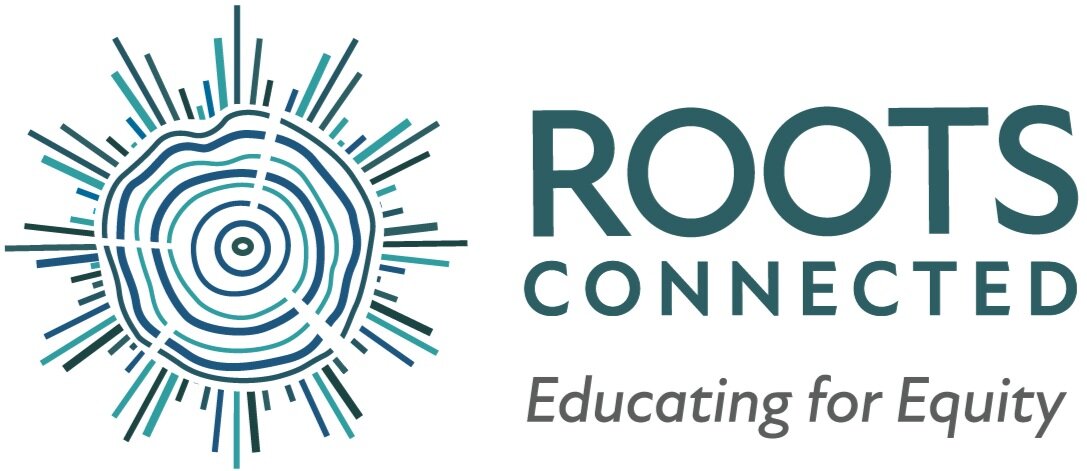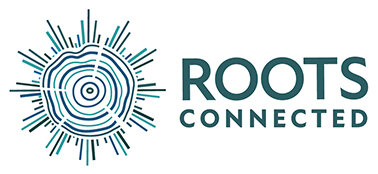Representation in our Classrooms: Creating Opportunities for Students to See Themselves and Others in Curriculum
How can we create authentic moments, experiences, and lessons where students can see themselves in the curriculum and in classroom conversations? And why is this important? Through the framework of "mirrors" and "windows" participants will take a closer look at how curriculum and classroom conversations can and should be "fully inclusive of historically marginalized and minoritized perspectives," how inviting a student's authentic self can help cultivate authentic relationships, and where teachers recognize their children are "a group of students from whom they can learn." Diving deep into three proven strategies, participants will have a chance to think about how to increase representation in their own classrooms and create spaces where all students are seen and feel that they belong.

